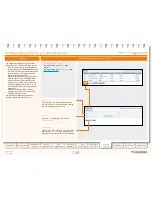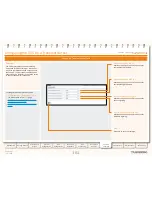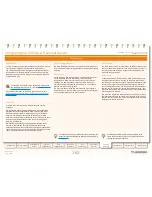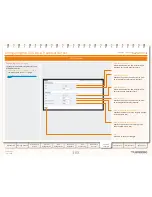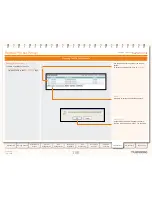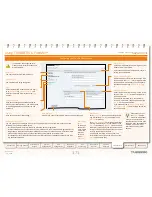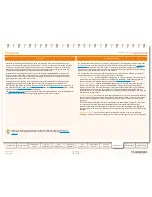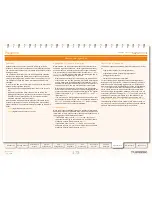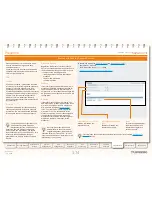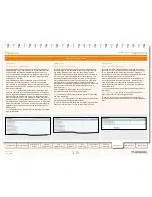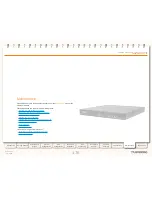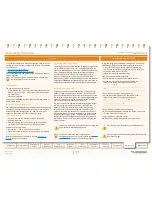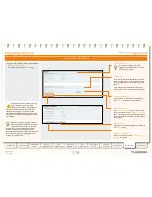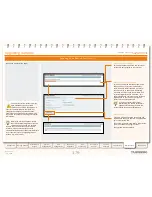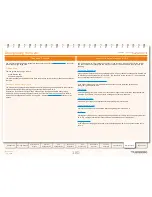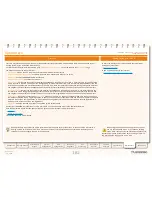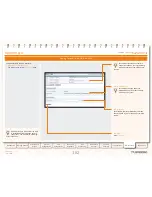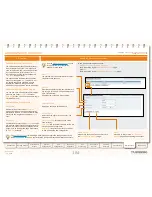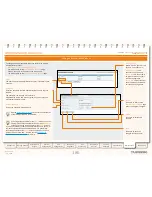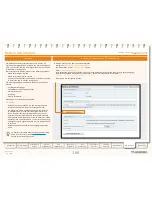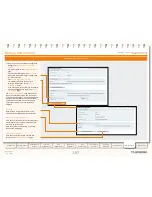
172
D14049.04
JULY 2008
Grey Headline
(continued)
TANDBERG
VIDEO COMMUNICATIONS SERVER
ADMINISTRATOR GUIDE
Introduction
Getting Started
Overview and
Status
System
Configuration
VCS
Configuration
Zones and
Neighbors
Call
Processing
Bandwidth
Control
Firewall
Traversal
Appendices
Applications
Maintenance
Presence
Overview
Presence is the ability of endpoints to provide information to other users about their current
status - such as whether they are offline, online, or in a call. Any entity which provides presence
information, or about whom presence information can be requested, is known as a presentity.
Presentities publish information about their own presence status, and also subscribe to the
information being published by other presentities and FindMe users.
Endpoints that support presence, such as the next release of TANDBERG Movi, can publish
their own status information. The VCS can also provide basic presence information on behalf
of endpoints that do not support presence, including H.323 endpoints, as long as they have
registered with an alias in the form of a URI.
If FindMe is enabled, the VCS can also provide presence information about FindMe users by
aggregating the information provided by each presentity configured for that FindMe user.
The Presence application on the VCS supports the SIP-based SIMPLE standard and is made up of
two separate services. These are the
Presence Server
and the
Presence User Agent
(PUA). These
services can be
enabled and disabled
separately.
The
Presence status pages
provide information about the presentities who are providing presence
information and the users who are requesting presence information on others.
Presence Server
The Presence Server application on the VCS is responsible for managing the presence information
for all presentities in the SIP domain(s) for which the VCS is authoritative (refer to the
Configuring
SIP - Domains
section for more information). The Presence Server can manage the presence
information for locally registered endpoints and presentities whose information has been received
via a SIP Proxy (e.g. another VCS Control or Expressway).
The Presence Server is made up of the following services, all of which are enabled (or disabled)
simultaneously when the Presence Server is enabled (or disabled):
Publication Manager
•
- receives PUBLISH messages, which contain the status information about
a presentity, and writes this information to the Presence Database. PUBLISH messages are
generated by presence-enabled endpoints and by the
Presence User Agent
(PUA).
Subscription Manager
•
- handles SUBSCRIBE messages, which request information about the
status of a presentity. Upon receipt of a SUBSCRIBE message, the Subscription Manager
sends a request to the Presentity Manager for information about that presentity, and forwards
the information that is returned to the subscriber. The Subscription Manager also receives
notifications from the Presentity Manager when a presentity’s status has changed, and send this
information to all subscribers.
Presentity Manager
•
- an interface to the Presence Database. It is used to support VCS features
such as FindMe and the PUA, where the presence information provided by a number of different
devices must be aggregated in order to provide an overall presence status for one particular
presentity.
When the Presentity Manager receives a request from the subscription manager for information
on a presentity, it queries the Presence Database for all information available on all the
endpoints associated with that particular presentity. The Presentity Manager then aggregates
this information to determine the presentity’s current status, and returns this to the Subscription
Manager.
Presence database
•
- stores current presence information received in the form of PUBLISH
messages. Also sends NOTIFY messages to the Presentity Manager to inform it of any changes.
Presence is supported by clustering. For specific information about how Presence
information is managed across Peers in a cluster, refer to the section
Clustering and
Presence
.

